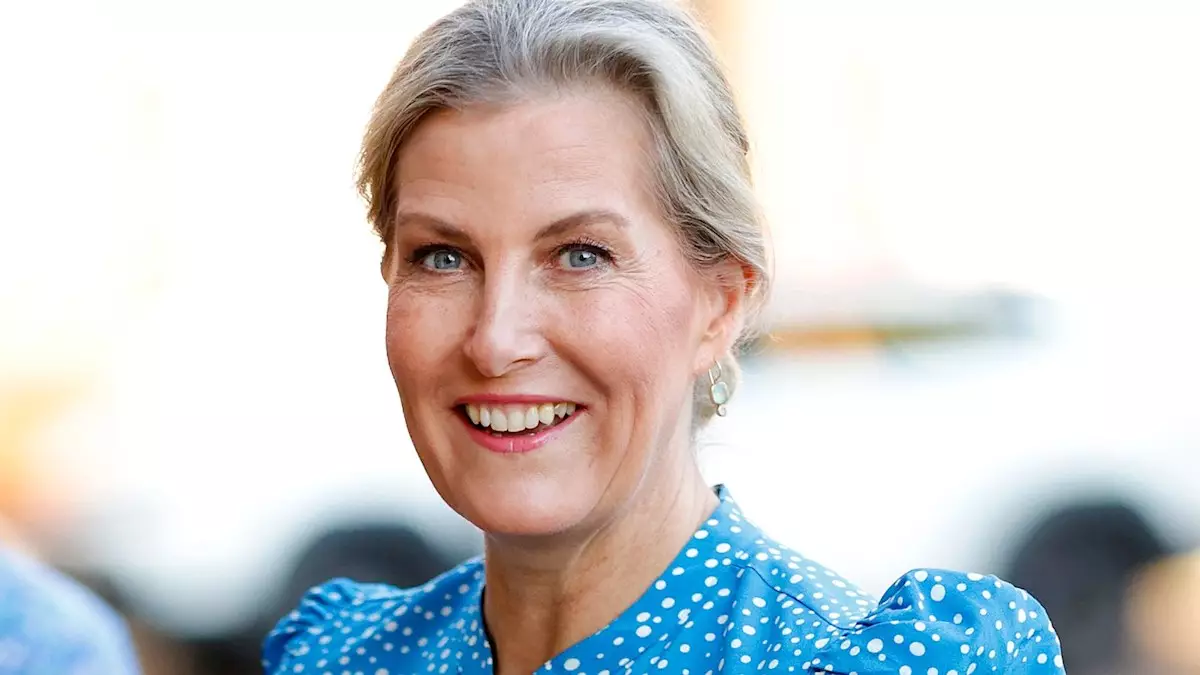As Wimbledon 2025 kicks off, the intersection of British tradition and royal visibility is once again drawing public attention. The Princess of Wales, a prominent patron of the All England Lawn Tennis and Croquet Club, is anticipated to be a key figure on Centre Court throughout the tournament. This engagement is more than ceremonial; it reflects a continuing royal commitment to national sporting events that unite diverse audiences. The Princess’s presence at Wimbledon symbolizes a modern monarchy that actively supports cultural heritage while remaining connected to public life.
Yet, the significance of Wimbledon extends beyond tennis. It provides a stage where royals can subtly weave themselves into the tapestry of British identity. The anticipation surrounding which members of the royal family will appear feeds into a broader social narrative where royal visibility translates into cultural resonance and relevance.
The Duchess of Edinburgh: Championing Creativity and Community Spirit
Meanwhile, the Duchess of Edinburgh is slated to attend the Creative Youth and the Community Brain Fashion Show at the Hampton Court Garden Festival in Surrey. This event is particularly noteworthy because it showcases how contemporary royalty engages with grassroots initiatives. The Community Brain project blends arts, local history, social enterprise, and community-led regeneration to revitalize its locale, fostering a sense of pride and ownership among residents.
The Duchess’s involvement underscores the royal family’s evolving role as patrons of not just high culture but also community empowerment. By stepping into spaces where creativity meets social renewal, she exemplifies a brand of royal support that champions inclusivity and tangible impact rather than mere symbolism.
Dutch Royals and Royal Milestones
A broader European royal tableau is also unfolding with the Dutch royal family preparing for their annual summer photoshoot. King Willem-Alexander, Queen Maxima, and their three daughters—Princess Catharina-Amalia, Princess Alexia, and Princess Ariane—will present their collective image, blending youthful vibrancy with regal tradition. These photoshoots serve as subtle statements of continuity and modernity, helping monarchies remain approachable yet dignified.
On the British front, Prince and Princess Michael of Kent’s 47th wedding anniversary marks a quieter but equally significant milestone. Such longstanding unions within royal circles represent pillars of stability amid evolving public expectations and media scrutiny. Celebrations of this nature emphasize the personal dimensions of royals often overshadowed by public duties.
Royal Fitness and Diplomatic Engagements: Queen Letizia Shines
Shifting to international scenes, Queen Letizia of Spain has garnered attention not only for her diplomatic presence at a United Nations conference in Seville but also for her visible fitness and vitality. At the IV International Conference on Financing for Development, the Queen’s toned arms became a talking point, symbolizing a new image of royal women as physically empowered and engaged. This representation challenges antiquated notions of royal women as ornamental figures, instead positioning them as active, influential participants on the global stage.
Queen Letizia’s example bridges the gap between tradition and modern leadership, combining elegance with substance. Her role at the conference reflects how monarchy intersects with pressing global issues, while her physical prowess adds a refreshing dimension to her public persona.
Prince William’s Homewards Initiative: Tackling Homelessness with Determination
Back in the UK, Prince William’s advocacy shines through the Homewards initiative, which he has championed for over two years. The program aims at combating homelessness with tangible results—more than 100 projects and 300 homes in progress—demonstrating how royals can lead social innovation beyond mere fundraising or patronage.
Homewards exemplifies a strategic approach to social challenges by focusing on early intervention and community support, evidenced by a new school-based scheme targeting at-risk youth. The Prince’s active involvement and public encouragement invigorate a movement that is both compassionate and pragmatic, showing how royal influence can catalyze meaningful change.
Prince William’s upcoming visit to Sheffield highlights the hands-on aspect of his advocacy, breaking away from the often distant image of royalty. His approach reflects a willingness to engage directly with communities, elevating the perception of the monarchy as a proactive force in societal improvement.
—
Collectively, these glimpses into royal activities—whether on the tennis courts, at community festivals, or in global diplomacy—portray a modern monarchy that is rejuvenating its relevance. Far from being static symbols, these royals are increasingly ambassadors of cultural continuity, social progress, and personal resilience. Their varied engagements suggest a conscious strategy to balance tradition with transformation, making monarchy simultaneously venerable and vibrant for contemporary society.

